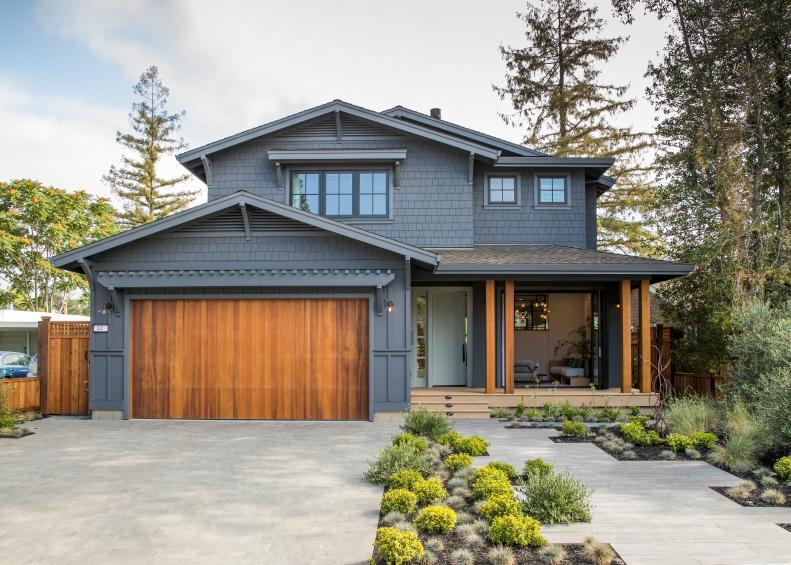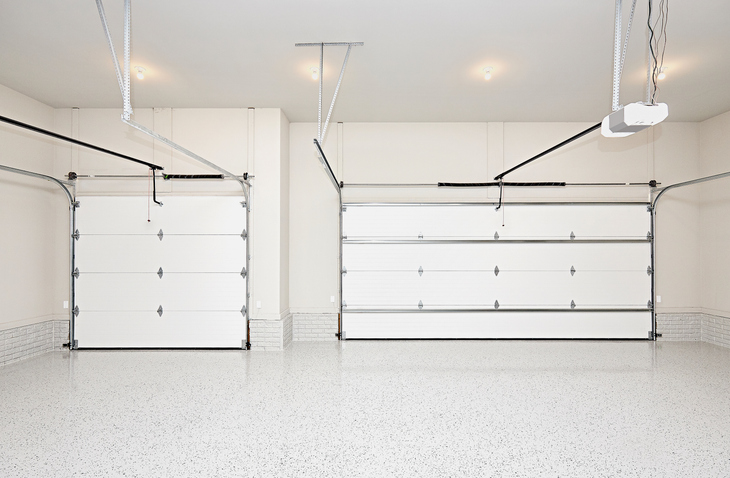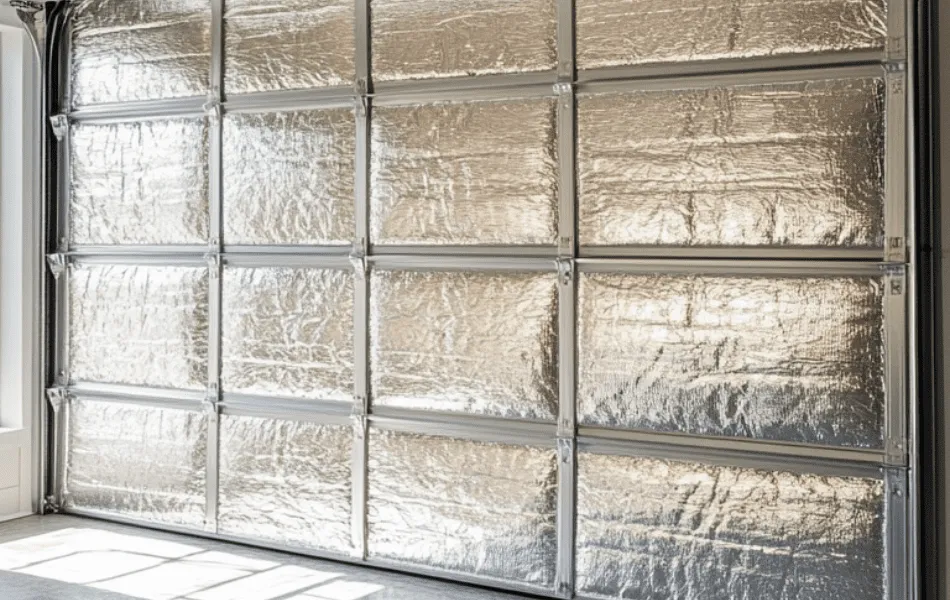As a homeowner, maintaining your garage door is crucial for both safety and convenience. A thorough garage door inspection checklist for homeowners can help in identifying potential issues before they become expensive problems. Regular inspections not only ensure smooth operation but also extend the lifespan of your garage door.

Why Regular Inspections Are Essential
Regular inspections can prevent unexpected failures and costly repairs. They ensure that all parts are functioning correctly and safely. This proactive approach is especially important for homeowners who use their garage doors frequently or have older systems in place.
Getting Started with Your Garage Door Inspection
1. Visual Inspection
Begin with a detailed visual inspection. Look for obvious signs of wear and tear, such as frayed cables, broken springs, or bent panels. Check the doors alignment and ensure it closes evenly. If you notice any major issues, consider consulting with a professional. For more tips, visit garage door safety tips.
2. Testing the Door Balance
A balanced door is crucial for smooth operation. Disconnect the opener by pulling the release handle, then manually lift the door halfway. If it stays in place, its balanced. If not, it may require adjustment.
3. Inspecting the Hardware
Regularly check bolts and screws. Tighten any loose hardware and replace any missing or damaged parts. This ensures the doors stability and prevents potential accidents.
4. Checking the Tracks
Examine the tracks for any dents or debris. Clean them regularly to ensure smooth operation. Misaligned tracks can cause the door to malfunction, so ensure they are straight and level.
5. Lubricating Moving Parts
Lubrication reduces friction and prevents wear. Apply a lubricant specifically designed for garage doors to the rollers, hinges, and tracks. This will enhance the doors performance and longevity.
Testing the Safety Features
6. Auto-Reverse Mechanism
Test the auto-reverse feature by placing an object in the doors path. The door should automatically reverse upon contact. This safety feature prevents injuries and damages.
7. Photo Eye Sensors
Ensure the photo eye sensors are clean and properly aligned. These sensors detect obstacles and are vital for safety.
Advanced Inspection Tips
8. Inspecting the Springs
Garage door springs are under high tension and can be dangerous. Look for signs of wear or rust. If you suspect any issues, contact a professional.
9. Examining the Cables
Cables lift the door and are essential for operation. Check for frays or signs of wear. If damaged, they should be replaced immediately.
10. Evaluating the Weatherstripping
Weatherstripping keeps out the elements. Inspect it regularly for cracks or gaps and replace it as needed to maintain energy efficiency.
Additional Maintenance Tips
11. Cleaning the Door
Regular cleaning prevents dirt buildup and extends the doors life. Use mild detergent and water to clean the panels.
12. Listening for Unusual Noises
Unusual noises can indicate issues. Listen for grinding or squeaking sounds, which may suggest parts need lubrication or replacement.
13. Testing the Door Opener
Ensure the opener operates smoothly and quietly. Test the remote control and wall switch for functionality. For more on garage door openers, check out garage door opener with smartphone control.
When to Call a Professional
14. Recognizing Complex Issues
Some issues require professional expertise, especially those involving springs or electrical components. Dont hesitate to call a technician if youre unsure.
15. Scheduling Regular Professional Inspections
Even with regular DIY inspections, its advisable to have a professional check your garage door annually. They can identify and fix problems that may not be obvious to homeowners.

FAQs
How often should I inspect my garage door?
Ideally, you should conduct a basic inspection every month and a more thorough check every six months.
What should I do if my garage door wont close?
First, check the sensors and remote batteries. If the issue persists, consult a professional. For more information, you can visit reasons your garage door wont close.
Can I fix my garage door springs myself?
Due to the high tension in springs, its best to hire a professional for any repairs or replacements.
Regular maintenance and inspections are key to ensuring the longevity and safety of your garage door. By following this garage door inspection checklist for homeowners, you can prevent costly repairs and enhance your homes security.
For more detailed maintenance tips, consider visiting this external guide.
This article contains affiliate links. We may earn a commission at no extra cost to you.










